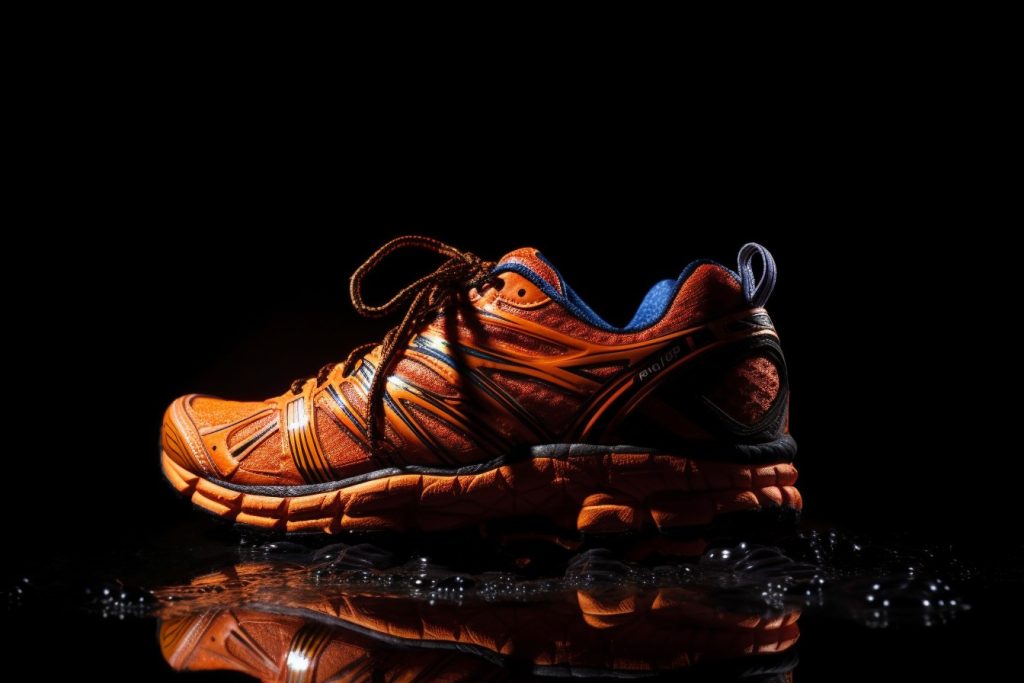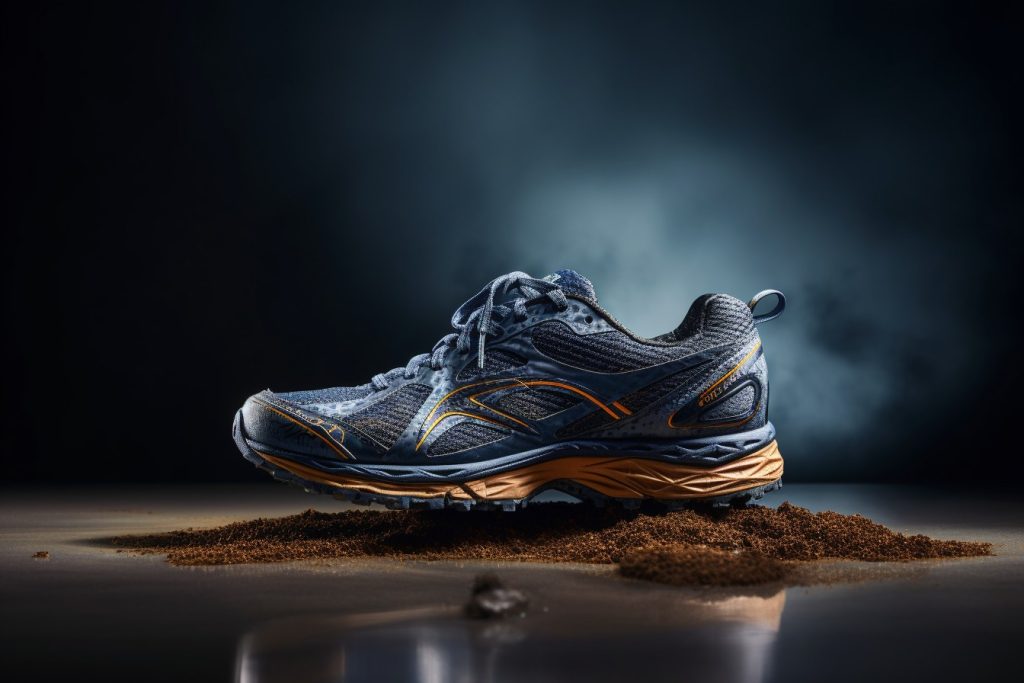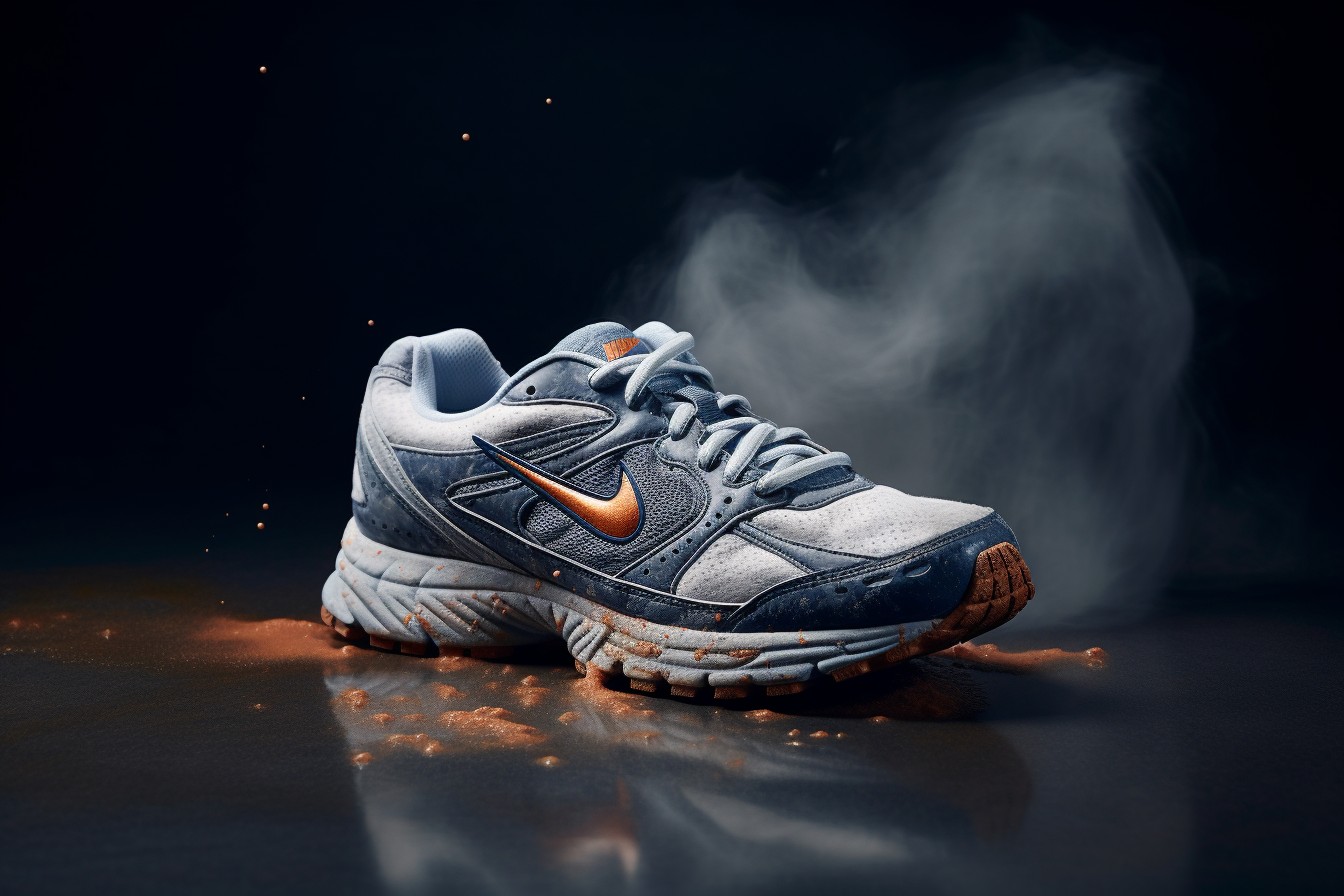Investing in Your Fitness
When it comes to spending your hard-earned money, few investments can match the value of a good pair of running shoes. For a price ranging from $100 to $150 (although premium models might cost even more), you’re not just buying footwear; you’re making a commitment to your fitness and well-being over the next several months. However, there’s an interesting paradox at play here. While running improves your health, it also accelerates the wear and tear on your shoes, raising the question: How long should your running shoes last? In this blog post, we’ll delve into the factors affecting the lifespan of your running shoes and provide valuable tips to help you extend their longevity.
The Lifespan of Running Shoes: Estimates and Factors
Sonya Estes, the owner of Runner’s Roost shop in Lakewood, Colorado, sheds light on the common understanding that most pairs of running shoes last between 350 and 500 miles. Yet, this estimate can vary depending on factors such as the type of running you engage in and the shoe’s construction. The materials used in modern running shoes, including foam midsoles, synthetic fabrics, rubber outsoles, and laces, can start showing signs of wear and tear after about 200 miles.
In recent times, there’s a notable trend of shoes lasting longer or wearing more evenly. This can be attributed, in part, to the reduced prevalence of dual-density support in the medial side of shoes. However, even with these advancements, all shoes eventually break down. Prolonged use of worn-out shoes can lead to changes in your running style, reduced foot protection, discomfort, and even overuse injuries.

Tips to Extend Your Running Shoes’ Lifespan
Practical Tips for Long-lasting Running Shoes
- Reserve Running Shoes for Running Only: It might be tempting to wear your running shoes for casual activities, but this can negatively impact their lifespan. Wearing them for activities like walking the dog or mowing the lawn can change their wear patterns, leading to reduced durability and potential discomfort.
- Handle Racing Shoes with Care: Lightweight “super shoes” designed for racing are constructed with delicate midsole foam materials. While these shoes provide a performance edge, they come with a shorter shelf life. If you intend to use them for races, it’s wise to limit their use to race days, as they might only last for about four to five races.
- Create a Shoe Rotation: Instead of relying solely on one pair of running shoes, consider rotating between two or more models throughout the week. Different shoes cater to various types of runs and surfaces. By alternating your shoes, you not only extend their life but also engage different muscles, reducing the risk of overuse injuries.
Caring for Your Running Shoes
- Maintain Your Shoes Properly: Treating your running shoes well goes a long way in preserving their condition. After a muddy run or a sweaty session, rinse your shoes with water to reduce wear and tear. To dry wet shoes faster, stuff them with newspapers or dry washcloths. Avoid putting shoes in extreme temperatures, as this can affect their materials.
- Put Them On and Take Them Off Correctly: Invest a moment to put your shoes on properly before a run, and always untie them before taking them off. Stepping on the back of your shoes to remove them can strain your feet and stretch the materials, compromising their integrity.
- Recognize Signs of Wear: Keep an eye out for visible wear and tear on the outsole tread and mesh upper. If your shoes feel less responsive and lack the spring they once had, it’s likely that the midsole foam has compressed, affecting their performance.
Knowing When to Say Goodbye
- Retire Worn-out Shoes: As much as you might be attached to your favorite running shoes, there comes a time when you have to part ways. Retiring a pair of shoes from your running rotation is essential to maintain your running form and avoid potential discomfort.
- Eco-friendly Disposal: Instead of discarding old shoes in the trash, consider donating them to organizations like One World Running, Share Your Soles, or Shoe4Africa. This way, your shoes can find new life and avoid ending up in a landfill.

A Balance of Care and Performance
Investing in running shoes is an investment in your fitness journey. By understanding the factors that impact their lifespan and implementing these practical tips, you can make the most of your investment. Whether it’s rotating between shoes, properly caring for them, or recognizing the signs of wear, each step you take contributes to extending the life of your running shoes. Remember, finding the balance between care and performance ensures that you continue to stride toward your fitness goals with comfort and confidence.

